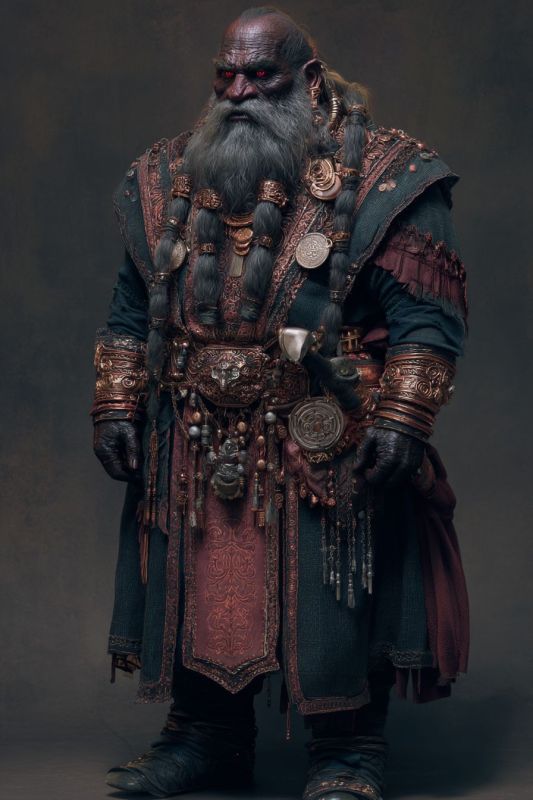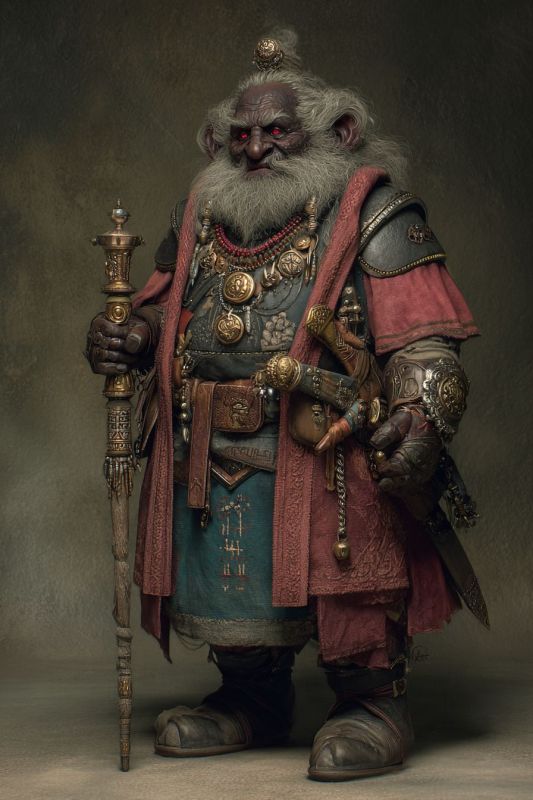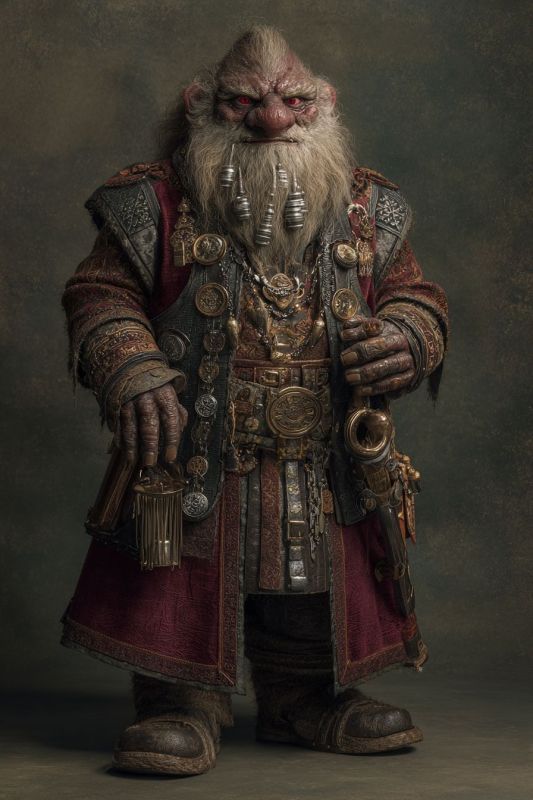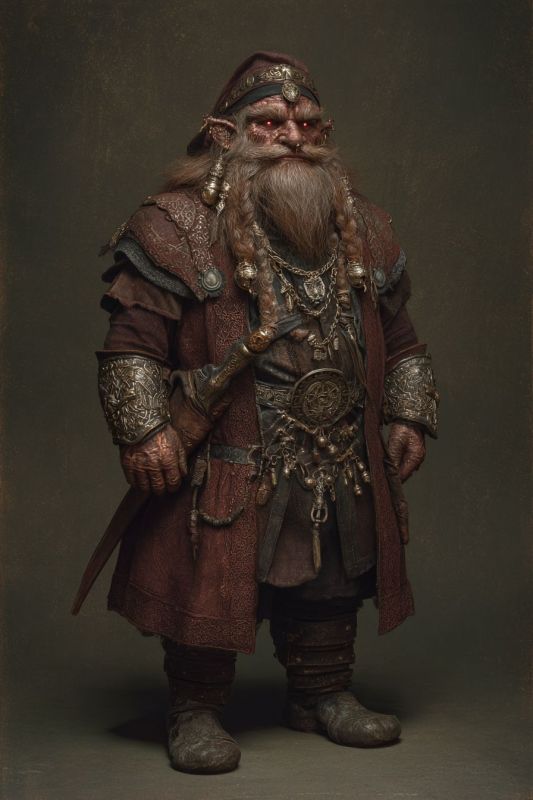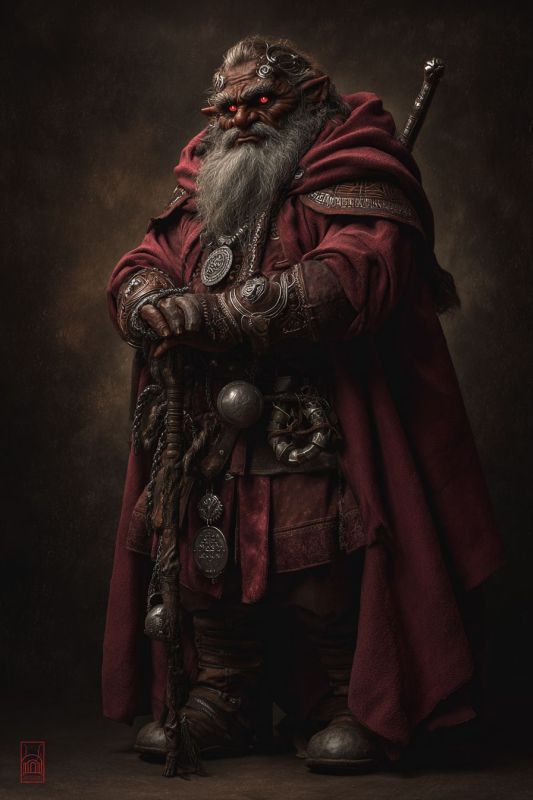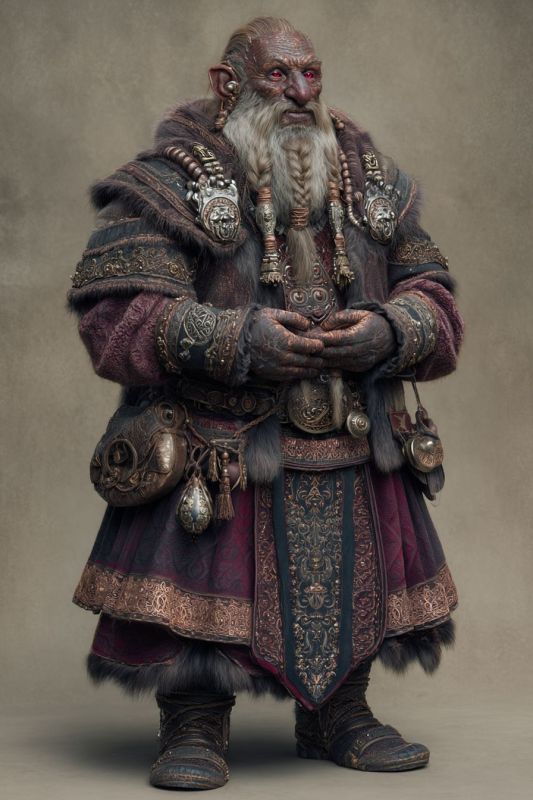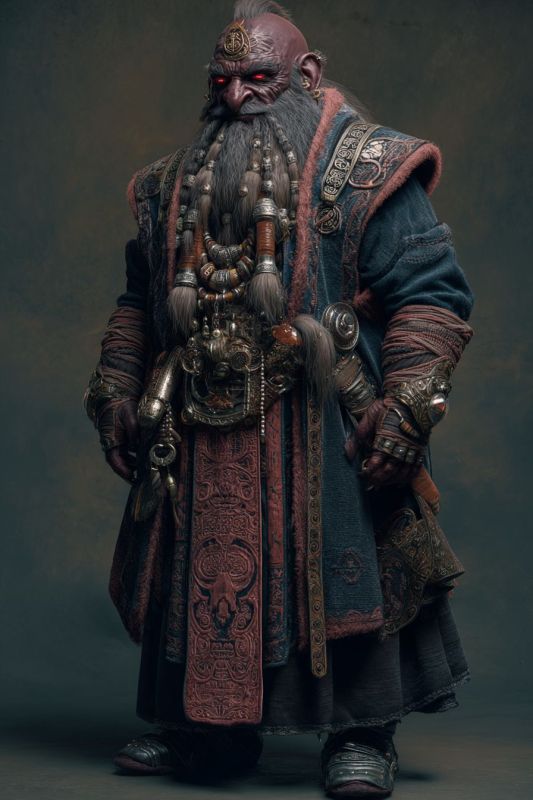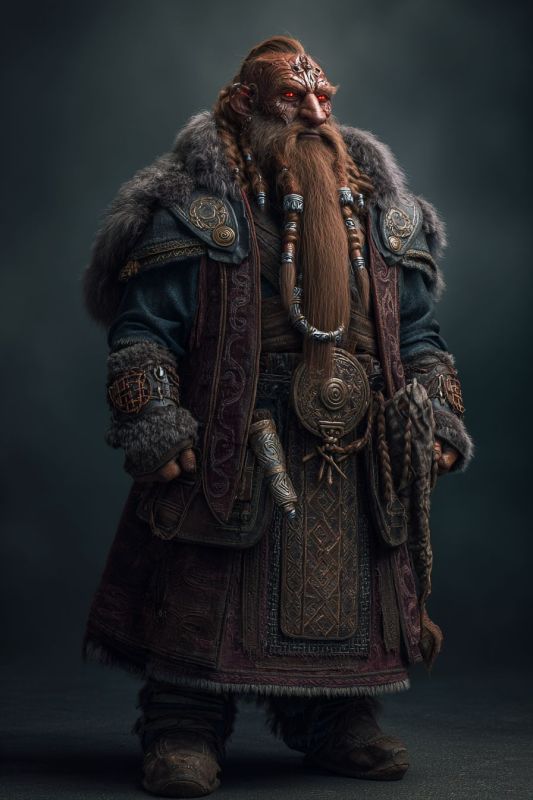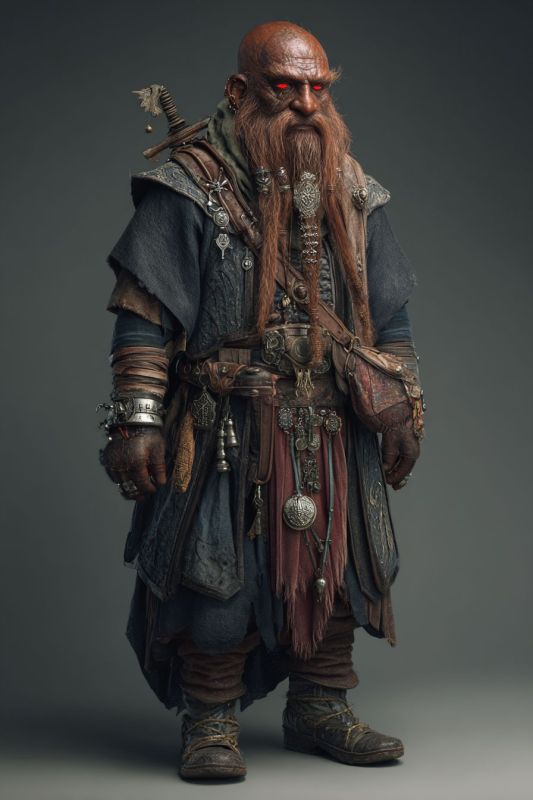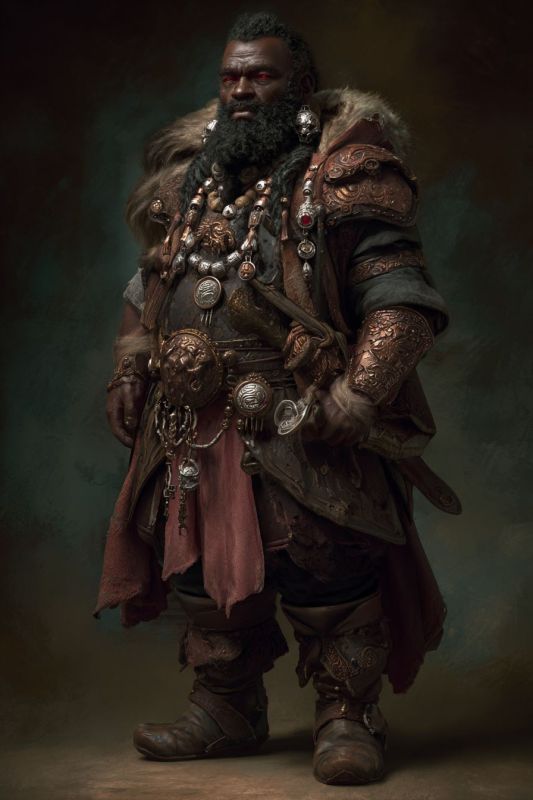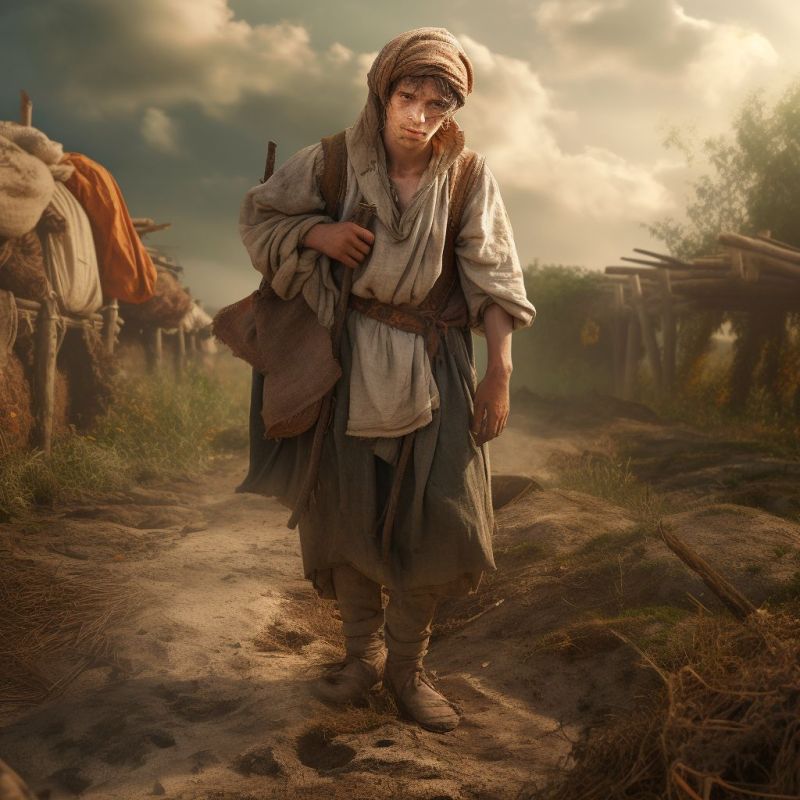
 Inventory Equipped:
Inventory Equipped:-
Clothes, Peasant0.1 gp
 Monster Bits:
Monster Bits:-
8 Humanoid Blood0.15 gp
-
21 Animal Bone0.03 gp
-
14 Animal Fat0.5 gp
-
49 Animal Meat0.05 gp
-
7 Soft Skin0.05 gp
A dark dwarf man’s soot-blackened fingers trace a rune-carved axe, its edge glinting faintly. His braided beard brushes the weapon’s haft, boots scuffing ash as he kneels beside a smoldering forge’s crimson glow.
Commoners include peasants, serfs, slaves, servants, pilgrims, merchants, artisans, and hermits.
🌾👷 Commoners: Pillars of the Land
Commoners are Zin’s humble backbone, a diverse tapestry of peasants, serfs, slaves, servants, pilgrims, merchants, artisans, and hermits whose toil sustains the world. 🌍 Often illiterate and bound to the land, their lives are shaped by labor and resilience, yet their ingenuity and spirit fuel the heartbeat of society. From fields to forges, they carve out existence in the shadow of greater powers, their quiet strength a cornerstone of Zin’s realms.
🌱 Roots of Toil: Humble Beginnings
Commoners arise from the soil of Zin’s history, their origins tied to ancient agrarian tribes or those subjugated by warlords and kings. 🏡 Bound by necessity, they work the land or serve elites, their lives dictated by survival. Game Masters can cast them as descendants of forgotten clans or survivors of conquest, their struggles driving quests for freedom or justice.
🦴 Simple Form: Hardy and Varied
Commoners vary widely—sun-weathered farmers, calloused artisans, or gaunt pilgrims—united by rugged endurance. 🛠️ Clad in coarse wool or patched leathers, they bear tools like scythes, hammers, or peddler’s packs. Their weathered faces and strong hands reflect lives of labor. GMs can describe their earthy resilience, with dirt-streaked brows or fervent eyes, grounding their presence in Zin’s gritty reality.
⚒️ Versatile Labor: Masters of Craft
Commoners excel in practical skills—farming, smithing, weaving, or trading—honed through necessity. 🌾 While most are illiterate, their oral traditions and clever hands preserve knowledge of crops, tools, or markets. Some hermits or pilgrims wield spiritual insight, guiding communities. GMs can highlight their resourcefulness, with players enlisting a merchant’s savvy or a serf’s hidden talents to solve problems.
🏞️ Domains of Duty: Villages and Markets
Commoners dwell in rural hamlets, bustling market towns, or noble estates, their homes humble but vital. 🏘️ Fields stretch around mud-walled villages, while artisans’ workshops or merchants’ stalls hum with activity. GMs can craft these settings as vibrant hubs, where players navigate peasant revolts, trade disputes, or hermit’s prophecies, tying commoners to the world’s pulse.
⚔️ Confronting Commoners: Strength in Numbers
Facing commoners pits players against desperate resolve or cunning survival. 🛡️ Armed with pitchforks or improvised weapons, they overwhelm through sheer numbers or guile. Diplomacy—offering aid or respect—can turn them into allies. GMs can stage encounters as tense standoffs, with players quelling riots or earning trust through shared toil.
🌌 Pulse of Enduring Spirit
Commoners are Zin’s quiet tide, their sweat and stories sustaining the world’s foundation. 🌿 From plowing fields to crafting wares, they embody resilience, their lives a testament to unyielding spirit. Whether toiling for lords or seeking salvation, they challenge heroes to honor their struggles, weaving tales of humble defiance that echo through Zin’s ages.
 Essences:
Essences: Body: 0
Body: 0 Mind: 0
Mind: 0 Soul: 0
Soul: 0

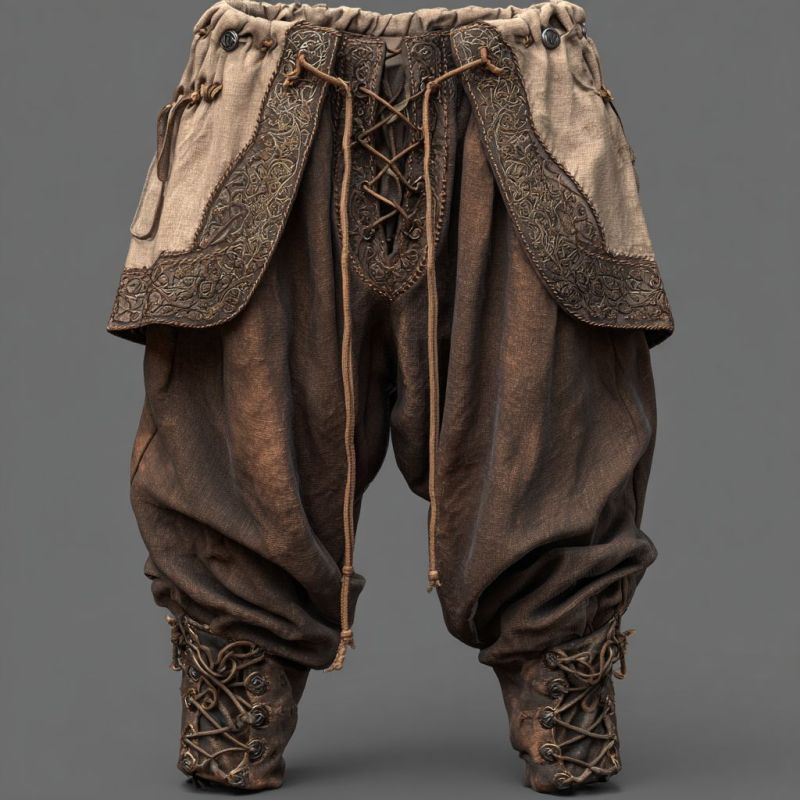
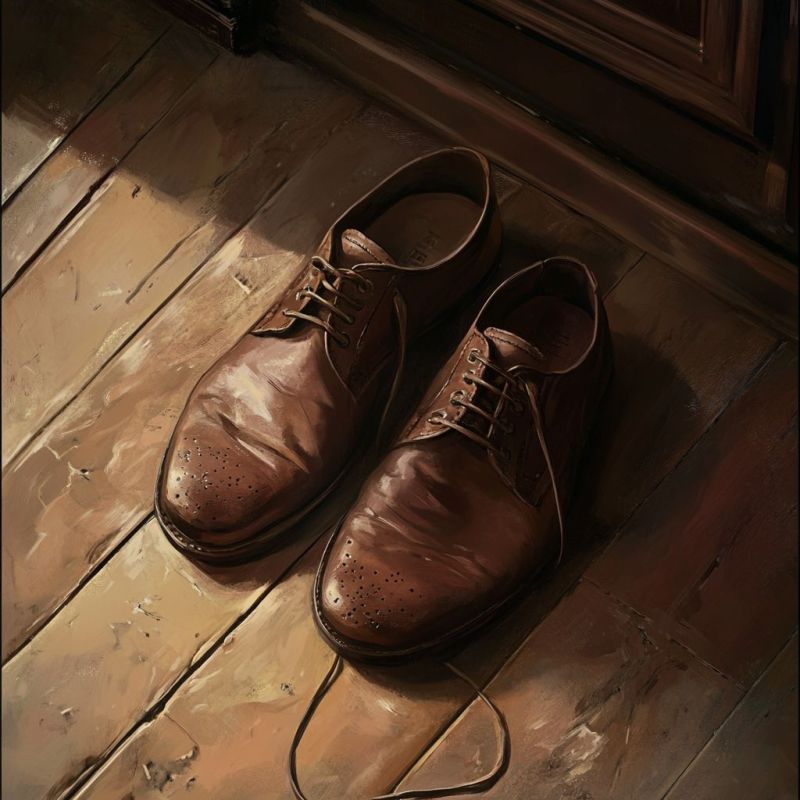
 Inventory Equipped:
Inventory Equipped:-
Clothes, Peasant0.1 gp
-
Pants, Cloth0.8 gp
-
Shoes, Leather1 gp
 Skill Tier 1:
Skill Tier 1:-
 Common Language Skill
Common Language Skill
Origins and Nature
Born from the scorched remains of Nasten’s fury, the Dark Dwarves are a cursed subrace of dwarves, twisted by the fire and brimstone of the underground. Unlike their surface-dwelling kin, who embody craftsmanship and resilience, Dark Dwarves are thin, wiry, and unnervingly cruel, their minds sharpened by magic and their hearts blackened by an insatiable thirst for power.
Where traditional dwarves build grand halls of stone and gold, the Dark Dwarves hollow out the very bones of the world, raising cities fueled by the breath of the earth itself. Volcanic vents power their forges, great pillars of obsidian hold their citadels aloft, and rivers of molten rock light their grim dominions beneath the surface. They do not mine; they rip the earth apart to feed their machines of war.
Appearance and Physiology
At a glance, a Dark Dwarf might pass for one of their surface cousins, but closer inspection reveals their ashen skin, hardened like cooled magma, and small, sharp tusks protruding from their lower jaws—a mark of their bloodline’s corruption. Their eyes glow dimly like embers, flickering when they channel their innate magic, a power that comes as naturally to them as forging steel does to their kin.
Unlike the stocky, broad-shouldered dwarves of the mountains, Dark Dwarves are leaner, built for cunning rather than brute strength. Their dexterous hands are accustomed to both spellcraft and cruelty, able to shape metal with precision or wield their infamous chain-whips, tools of torment and domination.
Society and Culture
Dark Dwarven society is built on enslavement. To them, labor is not a right but a privilege, one that only the strong are entitled to. Those beneath them—be they orcs, ogres, goblins, gnolls, or even unfortunate surface-dwellers—are shackled, beaten, and forced to toil in their magma-choked forges, working tirelessly on projects shrouded in secrecy.
Whispers speak of weapons unlike any the world has seen, destructive forces capable of annihilating entire cities, crafted in the depths where no light shines. Some say these are mere rumors, the fearful imaginings of those who have only glimpsed the horrors of Dark Dwarven rule. Others believe that one day, the world will wake to find entire kingdoms reduced to cinders—proof that the Dark Dwarves’ experiments have borne fruit.
The Cities of Ash and Flame
Dark Dwarven cities are unlike the grand halls of the surface dwarves. They are fortresses of cruelty, where the air is thick with soot and the streets echo with the wails of the enslaved. Black iron towers stretch toward cavern ceilings, linked by metal chains thick enough to hold a dragon. Rivers of lava are redirected through their strongholds, powering immense machines of war and unknown arcane devices.
Their citadels are ruled by The Brimstone Lords, ruthless sorcerer-kings who claim divine right from Nasten himself. The strong rule, the weak serve, and mercy is a foreign concept.
Magic and Warfare
Unlike surface dwarves, who are resistant to magic, Dark Dwarves embrace it fully, wielding it as both a tool and a weapon. Their spells are not born of study or divine favor but forged through suffering and fire, branded into their very bones.
Their warriors are pyromancers and warlocks, setting battlefields ablaze with enchanted chains and fire-forged weapons. Even their smiths weave destructive magic into their creations, crafting armor that bleeds heat, blades that drink the life from their victims, and cursed relics that twist the mind.
Their soldiers do not march in ranks like men, nor do they charge like orcs. They stalk the battlefield like hunters, striking from the shadows, crippling their foes before the final blow.
Faith: Worship of Nasten, Prince of Fire and Brimstone
Despite their name, Dark Dwarves do not worship the forces of darkness. They do not whisper prayers to shadowy gods or make pacts with demons. Instead, they revere Nasten, the Prince of Fire and Brimstone, the god of destruction, wrath, and domination.
To them, Nasten is not merely a deity—he is proof that only the strong survive. The flames of his hatred forged the world, and they believe it is their duty to reshape it in his image, to reduce the weak to ash and build an empire worthy of his gaze.
Their priests are battle-warmages, clad in armor blackened by fire, leading their kin into war with flames licking at their fingertips. Their temples are not places of worship but furnaces, where offerings of steel, blood, and suffering are made in Nasten’s name.
The Terror They Bring
Dark Dwarves are not a race content to dwell in the shadows forever. They are patient, but never idle. Their ambitions are whispered on the wind, carried by terrified escapees and desperate survivors. Some say they seek to conquer the underworld itself, making even the demons bow before them. Others fear their gaze has turned upward, toward the lands above, where kingdoms rest unaware of the inferno waiting beneath their feet.
When a Dark Dwarf warband emerges from the depths, it is not for conquest—it is for destruction. They do not seek gold, nor land, nor glory. They seek only to burn.
 At Will Spell(s):
At Will Spell(s):-
Command Foe
 1
1

 Damage Type Resistances(s):
Damage Type Resistances(s):-
 Fire
Fire
 Immune to Status Effect:
Immune to Status Effect:-
 Frightened
Frightened
 Skill Tier 1:
Skill Tier 1:-
 Common Language Skill
Common Language Skill -
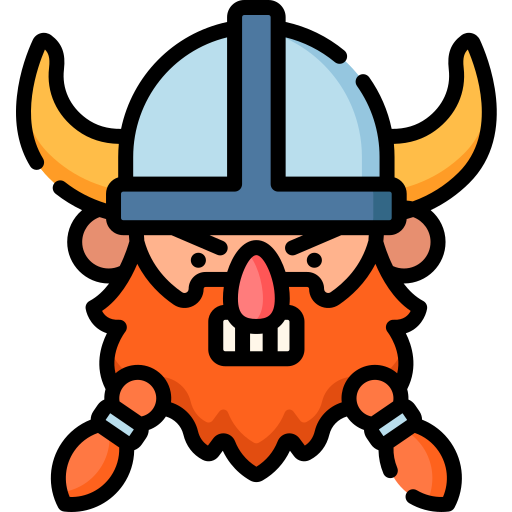 Dwarvish Language Skill
Dwarvish Language Skill -
 Nagh Language Skill
Nagh Language Skill
 Random Name Table Male
Random Name Table Male-
Names - Dark Dwarf - Male - First Name
 Random Name Table Female
Random Name Table Female-
Names - Dark Dwarf - Female - First Name
 Random Name Table Last Name
Random Name Table Last Name-
Names - Dark Dwarf - Last Name
